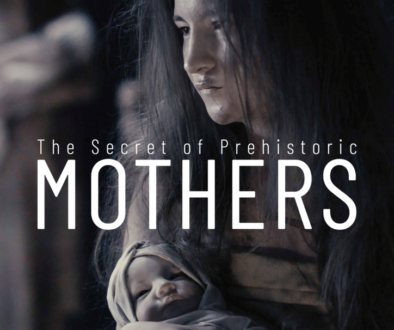NCCR meets Nick Evans
Unsundering Sahul: Can we find deep time connections across the Torres Strait?
Humans reached Sahul – the continent joining modern-day Australia and New Guinea, until they were sundered by rising seas in the mid-Holocene – at least 60,000 years ago. For the bulk of that time, until around 9,000 years ago – it was possible to walk across the whole continent, and in particular the region now submerged between the two hemi-continents would have been easily traversed and well-populated. Yet the recency of this separation belies radical differences in the linguistic profiles of the two. Although both exhibit high levels of linguistic diversity in terms of numbers of languages per population, there is a striking difference in the levels of phylogenetic and typological diversity: it is likely that all Australian languages are related at some deep level, and particularly in their phonologies and semantics all are cut from the same typological cloth. On the other hand, the ‘Papuan’ (= non-Austronesian) languages of New Guinea, just 1% of the world’s land surface, manifest a level of diversity – in number of maximal

clades, and in terms of typological diversity – comparable to the whole of Eurasia. (Note that the term ‘Papuan’ merely means ‘non-Austronesian and non-Australia’ and does not imply relatedness). This extreme diversity poses a long-unresolved puzzle for linguistics. But it also begs the question of why the bundle of differences aligns so neatly with the geographical division into Australia and New Guinea. Why are there no marooned Papuan populations in Australia, or vice-versa?
Since 9,000 years is at the outer limits of how far back the comparative method is usually believed to reach. However, we should not assume that the comparative method is the only way we will ever detect historical signal. Just as Thermoluminescence dating allowed archaeologists to go back beyond the 40,000 year barrier posed by radiocarbon dating, it is conceivable that new methods in linguistics might pick up deeper signal that allows us to reach further back into the past.
In this talk we focus on the languages in the Torres Strait region – Australian languages to the south (Australian mainland), several different Papuan languages to the north (New Guinea South Coast) and, in Torres Strait itself, an Australian language (Kala Kawaw Ya) of the Pama-Nyungan family on the western islands and a Papuan language (Meryam, of the Oriomo family) on the eastern islands. We illustrate the utility of two different methods to investigate the deep-time patterning of linguistic relatedness: diachronic phonological typology (the comparison of reconstructed phoneme systems), and the systematic study of syncretisms in pronominal paradigms through the Parabank project within Glottobank.



